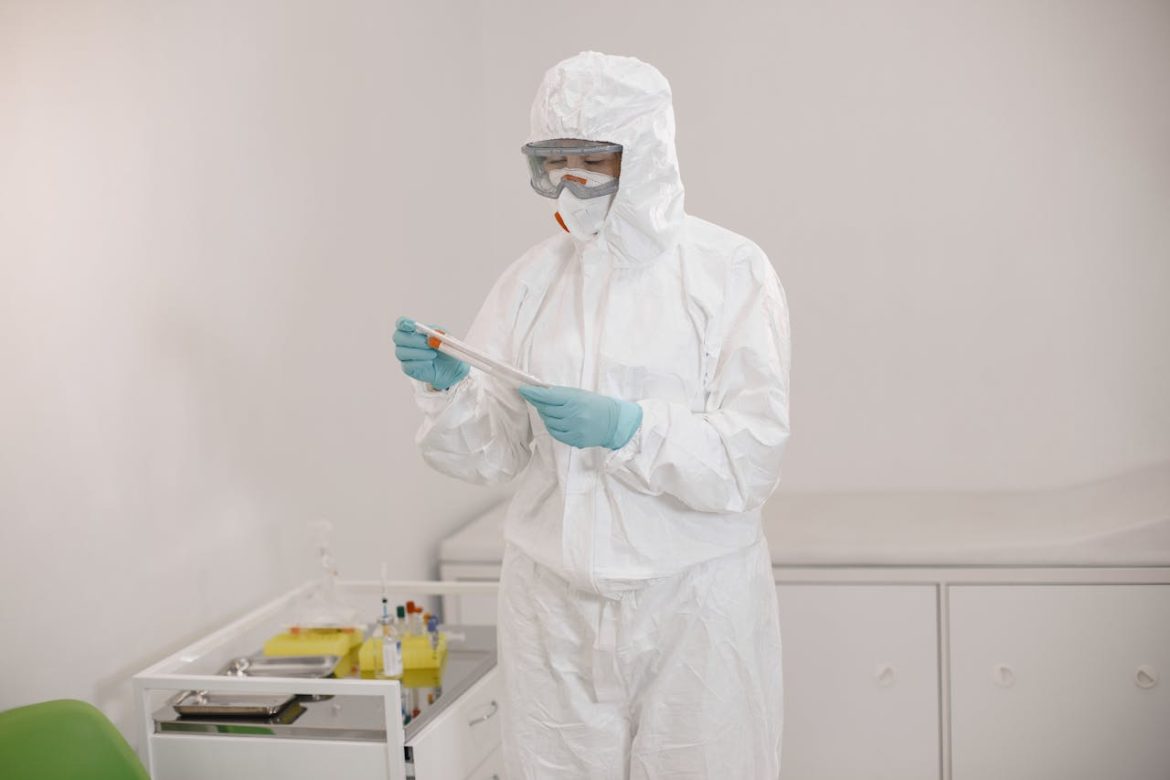Ever wondered what the definition of a biohazard is?
Many people think of a glowing drum of green ooze that is humming, much like the kind you would see coming out of the nuclear powerplant in the Simpsons. However, that is toxic or nuclear waste and biohazardous material can be as innocuous as saliva.
So, whether you work in a healthcare setting or in a research setting that handles biohazards, it is important to have some basic understanding so what you need to keep your place of work safe. Here, you will be walked through the top things that you need to know.
Classifications
All biohazards are put into levels. Biohazard Level 1 comprises agents not known to cause disease in healthy adults, all the way to Biohazard Level 4, which encompasses agents that pose a high risk to life for which there are no vaccines or treatments. So, it makes sense to check that any agents that you and your staff work with are marked!
The easiest way to do this is to put up biohazard signs by Seton and then, of course, to ensure that your staff are versed in the meaning of the signs.
Handling
Next, you need to consider the handling of the biohazards, and what your staff use to move these agents.
You will need to check that you have the appropriate personal protective equipment, or PPE on hand, which usually includes gloves, masks, gowns, and goggles. If you are handling waste daily, make sure that you and your staff follow the appropriate safety protocols when removing this waste and, of course, make sure that it is disposed of safely.
Disposal
Even when it is outside your place of business, you need to ensure that laws are adhered to when getting rid of biohazards.
As before, you need to make sure that it is collected by a licensed and trained team, who have the expertise to dispose of the waste properly. As well as this, you need to check that you have the correctly marked biohazard bags or boxes and that when the agents are put outside to be collected, the box or bag is sealed appropriately.
It is also your role to ensure that all of the biohazardous materials are collected on time.
Training For Staff
You would face a nightmare of legal fees if you had staff at your place of work who were handling biohazards without the appropriate training. Make sure that all of your team have received the correct training to handle biohazardous materials, as well as being able to identify it, handle it, and dispose of it.
This training will also help your staff to be aware of potential hazards that can come from incorrect handling of these materials, as well as what to do should they be exposed to it accidentally.
Decontamination
It is also your responsibility to implement decontamination protocols if these materials are handled at your place of work. This will usually involve using the correct disinfectants and the correct procedures surrounding the cleaning of surfaces that the agents have come into contact with. You will also need to establish immediate cleanups of spills should these happen accidentally.
Photo by Gustavo Fring

